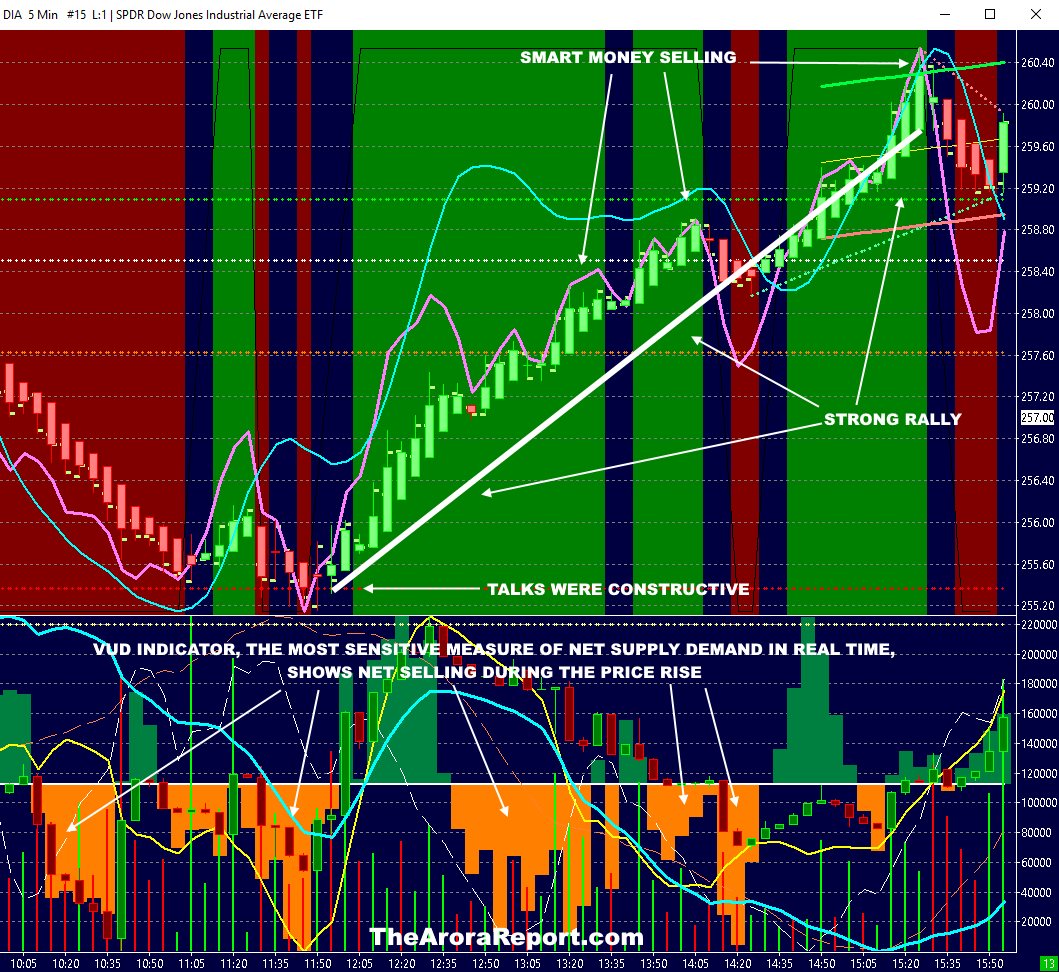
The index was first published in The Customer’s Afternoon Letter, a daily financial bulletin that eventually became The Wall Street Journal. The index was being conceptualized as early as 1882, when Dow Jones & Company was first founded. One of the oldest indexes still used today, the Dow Jones Industrial Average got its start in 1884 as an average of 11 stocks, although there is a common misconception that it got its start in 1886 as an average of 12 stocks. History of the Dow Jones Industrial Average

Learn more about Motley Fool Stock Advisor. If you would have invested in Netflix when they first recommended the company, your investment would be up more than 21,000%. Their Motley Fool Stock Advisor recommendations have increased 597.6% compared to just 133.7% for the S&P 500.
#DOW JONES INDUSTRIAL AVERAGE COMPARE PRO#
Pro tip: David and Tom Gardener are two of the best stock pickers. While some argue this is a disadvantage, others say this creates an accurate depiction of the average price of the index over time without splits and dividend payments skewing the data. In reality, a $1 change is a minor adjustment for a $100 stock and a big change for a $10 stock.Īlso, the Dow doesn’t adjust for stock splits or dividends. In a price-weighted average, the two wash themselves out for no change.

This is different from what most investors are generally looking for - the price of the stock doesn’t generally matter, what matters is the percentage of movement.įor example, let’s say you’re tracking two stocks: ABC, which is trading at $100 per share, and DEF, which is trading at $10 per share. Price-weighted indexes give greater weight, or value, to higher priced stocks when it comes to their contribution to the index value and changes in index as a whole.

The reason lies in how a price-weighted index works. The Dow is a price-weighted index, which is a unique approach to averaging that some suggest creates an inaccurate depiction of what’s happening in the market. stocks of various sectors that are meaningful to the United States economy over the years. Originally, the index was designed to track blue chip railroad stocks. And they’re a lot cooler than Jeff Bezos. Why not Banksy or Andy Warhol? Their works’ value doesn’t rise and fall with the stock market.


 0 kommentar(er)
0 kommentar(er)
